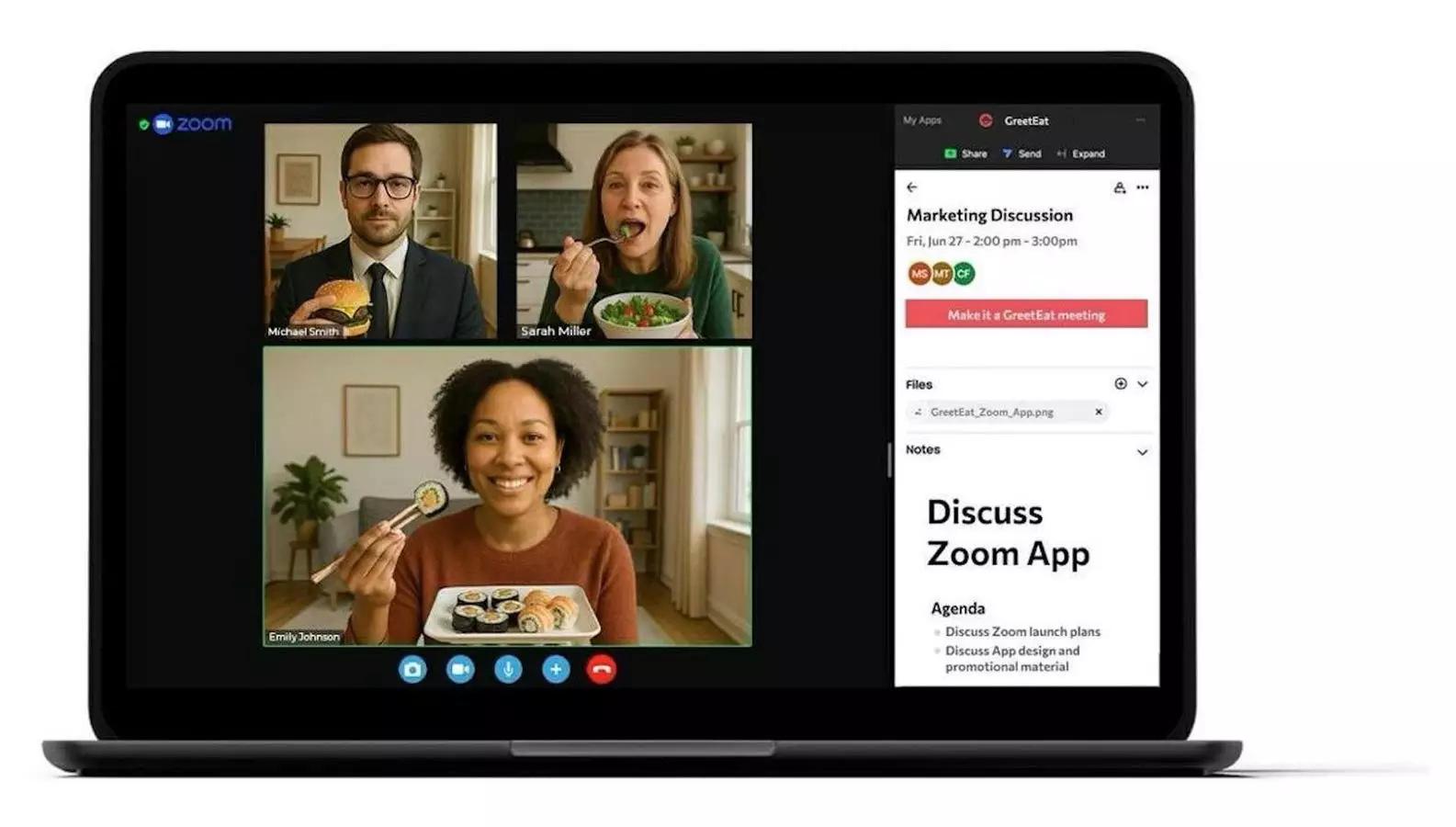The shift to remote work has undeniably transformed the landscape of organizational culture, exposing stark gaps in how colleagues connect and nurture trust. What was once a rich tapestry of casual interactions—shared lunch breaks, coffee chats, and spontaneous conversations—has largely vanished in the virtual realm. These seemingly trivial moments, however, possess a profound capacity to foster camaraderie, cohesion, and a sense of belonging. Their absence has left remote teams feeling isolated and disengaged despite the proliferation of endless meetings and digital communication tools.
Enter the concept of shared meals as a bridge to rebuilding authentic human connection. While technology facilitates instant communication, it cannot replicate the warmth and spontaneity generated by breaking bread together. Recognizing this void, visionary entrepreneurs like Vishal Patel have begun to leverage digital innovation to revive the social fabric of workplaces—through what might be described as a hybrid approach: virtual dining. This renaissance of communal eating online is not merely a superficial novelty but a deliberate strategy to rekindle trust, boost morale, and enhance collaboration across dispersed teams.
From Concept to Reality: The Birth of GreetEat
Patel’s insight was rooted in observing how work environments changed during the pandemic. The once bustling office cafes and team luncheons became ghost towns, replaced by sterile, time-crunched video calls. His background in technology and logistics, combined with a deep understanding of corporate culture, led to the creation of GreetEat—a platform that marries the convenience of food delivery with the intimacy of shared meals.
GreetEat’s core innovation lies in its seamless integration of meal vouchers with virtual meetings. Organizations can pre-fund their employees’ meals, select local restaurant partners, and automate delivery via Uber Eats—all embedded within a video conferencing experience. Employees log in, join a meeting, and enjoy a meal together from afar. This strategic move transforms a transactional activity—ordering lunch—into an intentional act of social bonding. By removing the logistical headaches of reimbursement, receipts, and coordination, GreetEat lowered the barriers that previously prevented teams from sharing meals in a remote setup.
This approach isn’t just about convenience; it is a calculated attempt to address a fundamental human need: belonging. The real power of shared meals as corporate rituals is their ability to humanize virtual interactions. They serve as a cultural equalizer and a moment of levity—breaks that reinforce team identity and foster trust, even when physically apart.
Beyond the Lunch Break: Cultivating Culture Through Digital Dining
The importance of food in building workplace culture cannot be overstated. Long-standing traditions—catered team meetings, donut mornings, or coffee breaks—embody social cohesion. These rituals, however, have largely been lost in the remote work era, contributing to a sense of disconnection. Virtual fatigue has become commonplace, and the lack of informal interactions has made trust-building more arduous.
Patel argues that food remains a universal connector. It transcends language, background, and hierarchy, creating shared experiences that can energize team dynamics. By digitizing this element of cultural familiarity, companies can regain some ground lost to remote work’s social limitations. GreetEat’s model offers a way to reintroduce that groove—an invitation for colleagues to share a meal, exchange stories, and relax together, even through a screen.
While companies like ChefPassport and KraftyLab have experimented with virtual cooking classes and interactive food events, these solutions often suffer from logistical complexity or lack scalability. GreetEat, by centralizing the process and integrating it with existing HR and conference platforms, provides a streamlined, scalable solution. Its potential reaches beyond casual team bonding to areas such as virtual onboarding, client presentations, and remote celebrations, transforming the way organizations curate shared experiences.
The Strategic Value of Food in Remote Work Engagement
Food’s role in productivity and employee satisfaction is supported by mounting research. Employees who receive complimentary or subsidized meals report higher engagement, increased productivity, and improved morale. It’s a tangible reflection of care and recognition—powerful motivators in a competitive talent market. Particularly among younger, remote-first workers—those who prioritize flexibility and experience-driven benefits—such perks become a vital part of the employer value proposition.
Patel’s conviction is that food should be elevated from a simple perk to a strategic investment in workplace culture. Just as companies allocate budgets for wellness programs or technology upgrades, allocating resources for shared dining activities can be justified as a means to foster collaboration. It’s a fundamental yet often overlooked aspect of building resilient, cohesive teams in a dispersed environment.
GreetEat’s early data points to promising outcomes—significant increases in meeting attendance, heightened engagement, and reduced administrative burdens related to expense management. Furthermore, providing employees with the opportunity to eat together can serve as a retention tool, especially in a labor market that increasingly values flexibility and meaningful experiences over traditional benefits.
The Future of Digital Dining: Signaling a New Standard in Remote Work
The ongoing evolution of remote work necessitates a reevaluation of how companies build culture and nurture relationships. Platforms like GreetEat are pioneering a new paradigm—one where technology not only solves logistical challenges but also facilitates human connection. It challenges the notion that social interaction must be sacrificed for remote flexibility.
By elevating the simple act of eating together into a strategic tool, businesses can create a more engaging, inclusive, and dynamic virtual workspace. The potential extends to diverse applications: onboarding, client engagement, virtual celebrations, and even incentive programs within remote gaming communities. The core principle remains unchanged—the human craving for connection remains vital, and food, in all its cultural and emotional significance, continues to be a powerful medium.
As organizations continue to grapple with the long-term implications of remote and hybrid models, embracing innovations like digital shared meals could reshape corporate culture permanently. It’s a reminder that no matter how advanced our technology becomes, the fundamental human need for nourishment and companionship persists—and perhaps, even flourishes—in new digital forms.

